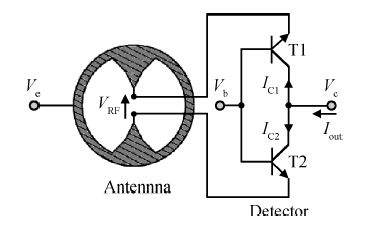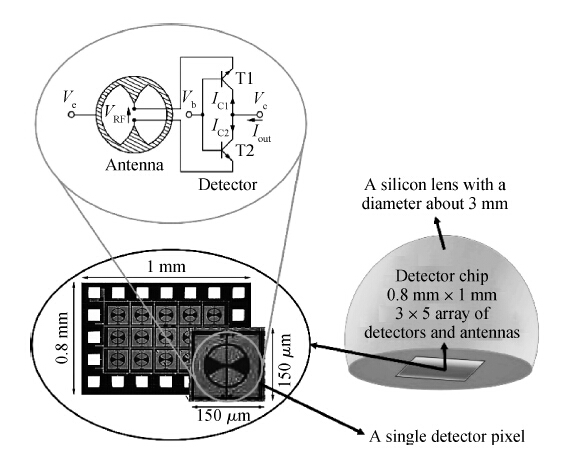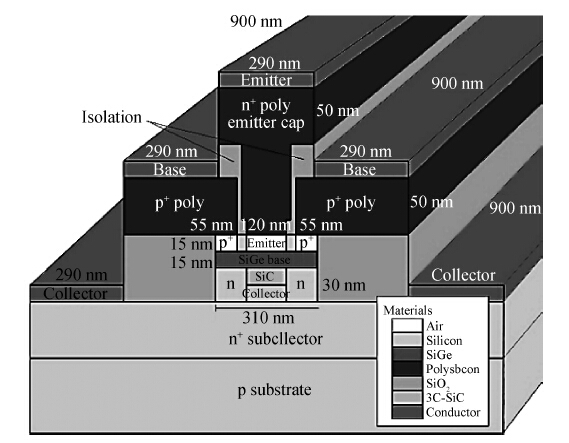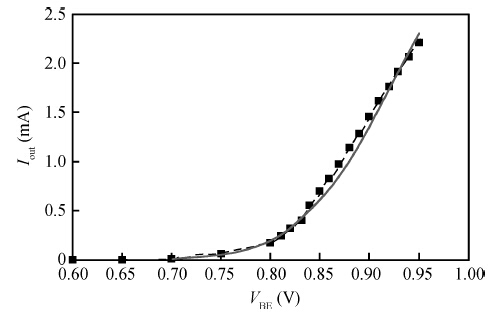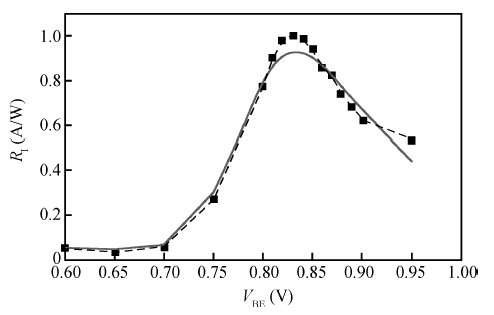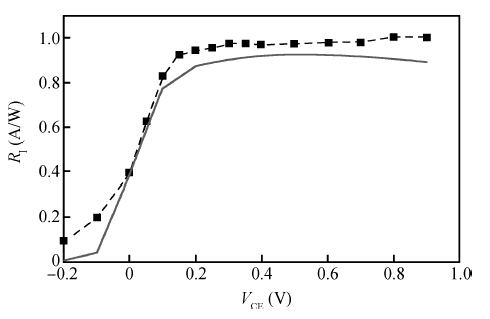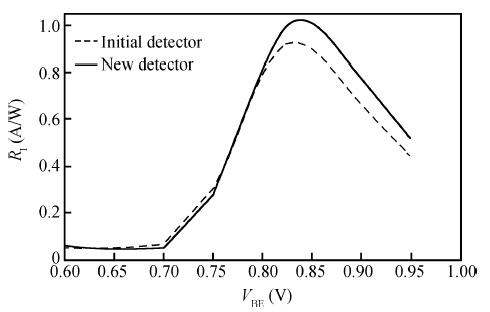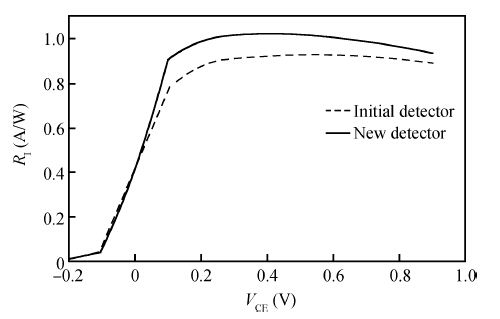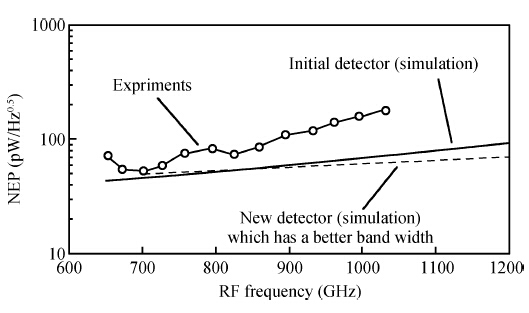| Citation: |
Hamed Ghodsi, Hassan Kaatuzian. Physical characteristics modification of a SiGe-HBT semiconductor device for performance improvement in a terahertz detecting system[J]. Journal of Semiconductors, 2015, 36(5): 054010. doi: 10.1088/1674-4926/36/5/054010
****
H Ghodsi, H Kaatuzian. Physical characteristics modification of a SiGe-HBT semiconductor device for performance improvement in a terahertz detecting system[J]. J. Semicond., 2015, 36(5): 054010. doi: 10.1088/1674-4926/36/5/054010.
|
Physical characteristics modification of a SiGe-HBT semiconductor device for performance improvement in a terahertz detecting system
DOI: 10.1088/1674-4926/36/5/054010
More Information
-
Abstract
In order to improve the performance of a pre-designed direct conversion terahertz detector which is implemented in a 0.25 μ m-SiGe-BiCMOS process, we propose some slight modifications in the bipolar section of the SiGe device physical design. Comparison of our new proposed device and the previously reported device is done by SILVACO TCAD software simulation and we have used previous experimentally reported data to confirm our software simulations. Our proposed modifications in device structural design show a present device responsivity improvement of about 10% from 1 to 1.1 A/W while the bandwidth improvement is about 218 GHz. The minimum noise equivalent power at detector output is increased by about 14.3% and finally power consumption per pixel at the maximum responsivity is decreased by about 5%.-
Keywords:
- terahertz,
- SiGe,
- HBT,
- physical structure,
- direct conversion detector
-
References
[1] [2] [3] [4] [5] [6] [7] [8] [9] [10] [11] -
Proportional views





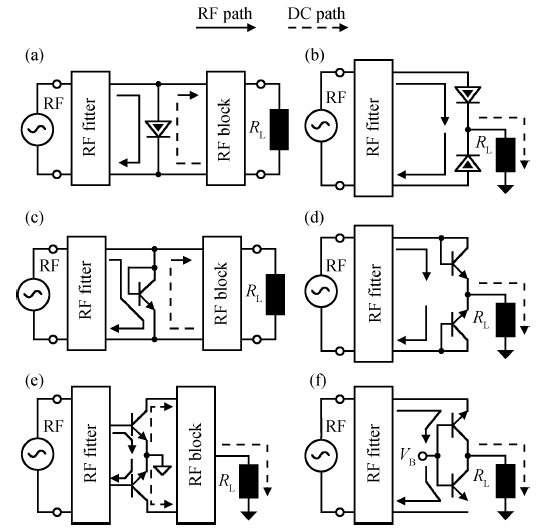
 DownLoad:
DownLoad:
